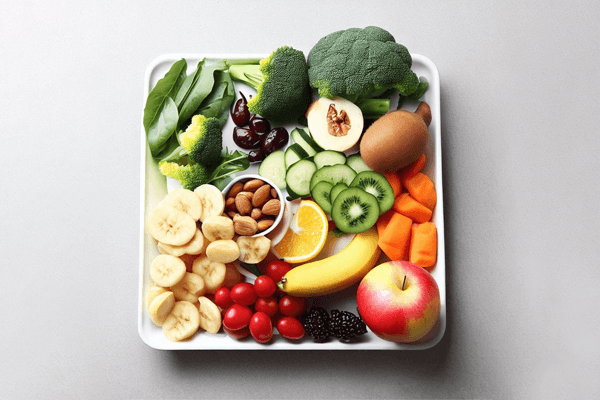As a food manufacturer, it is important to ensure that the nutrition information on your product’s label is accurate, clear, and useful to consumers. One key component of this information is the serving size, which can greatly affect how consumers interpret and use the rest of the information on the label. In this blog post, we will discuss how to determine the appropriate serving size for your product based on the guidelines established by the Food and Drug Administration (FDA).
Understanding Serving Sizes
According to the FDA, a serving size is “the amount of food customarily consumed at one time.” Serving sizes are used to determine the nutrient content of a food and to help consumers understand how much of a particular nutrient they are consuming when they eat a certain amount of the food.
It is important to note that serving sizes are not based on how much of a food people should eat, but rather on how much they typically do eat. This means that serving sizes can vary widely depending on the food and the population being considered.
For example, a serving size of bread might be one slice for a child, two slices for an adult, and three slices for an athlete, depending on their calorie needs and activity level. The FDA has established guidelines for determining serving sizes for different types of foods based on reference amounts customarily consumed (RACCs).
Read more: Consumer Trends and Your Food Service Business in the Post-COVID Era
Determining Serving Sizes
To determine the appropriate serving size for your product, you will need to follow the FDA’s guidelines for serving sizes. The guidelines take into account factors such as the amount of food that people typically eat in a single sitting, as well as the way that foods are typically consumed.

Step 1: Determine the Category of Your Product
The first step in determining your product’s serving size is to determine the category of your product. The FDA has established reference amounts customarily consumed (RACCs) for different categories of foods. Some examples of categories include:
- Beverages
- Breads and cereals
- Dairy products
- Fruits and vegetables
- Meats and poultry
- Snacks and sweets
Read more: When it comes to reading food labels, what’s most important?
Step 2: Determine the RACC for Your Category
Once you have determined the category of your product, you will need to determine the RACC for that category. The RACC is the amount of food that people typically eat in a single sitting, and it is used as the basis for determining the serving size for that category of food.
For example, the RACC for ice cream is ½ cup (113 grams), while the RACC for potato chips is 1 ounce (28 grams). The RACCs for different categories of foods can be found in the FDA’s Code of Federal Regulations.
Step 3: Determine the Serving Size for Your Product
Once you have determined the RACC for your product’s category, you can use that information to determine the appropriate serving size for your product. The serving size should be based on the amount of food that people typically consume in a single sitting.
For example, if your product is a bag of potato chips that weighs 2 ounces, the appropriate serving size would be 2 ounces, since that is the amount of chips that people typically eat in a single sitting.
It is important to note that if the amount of food in your package is larger than the RACC for your category, you will need to provide additional serving sizes on the label. For example, if your package of ice cream contains 1 cup (226 grams), you will need to provide serving sizes for both ½ cup (113 grams) and 1 cup (226 grams) on the label.
Read more: The Benefits of Labeling Software for your Restaurant
Conclusion
Determining the appropriate serving size for your product is critical for ensuring that your product’s label is accurate, clear, and useful to consumers. By following the guidelines established by the FDA, you can ensure that your product’s serving size is compliant.
And if you’re looking for a way to calculate the nutritional value of all your recipes and dishes, why not give MenuSano a try? Start a Free Trial today!



















